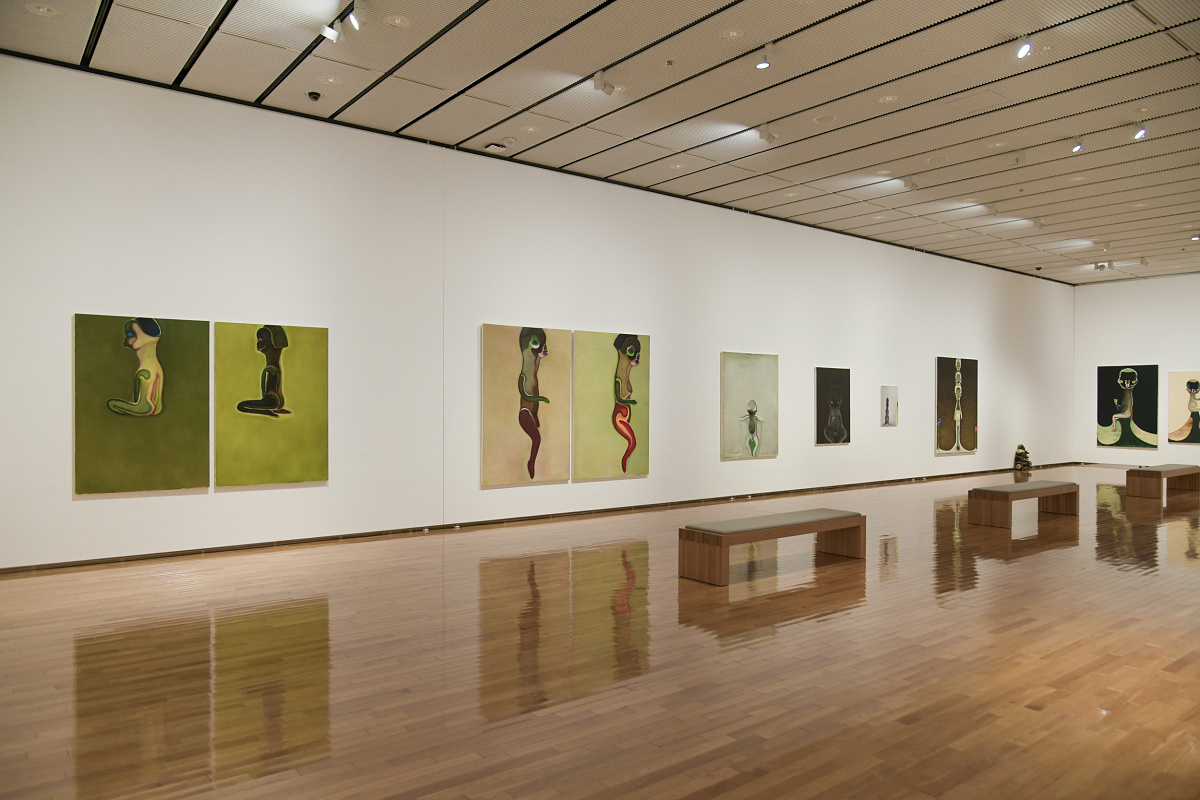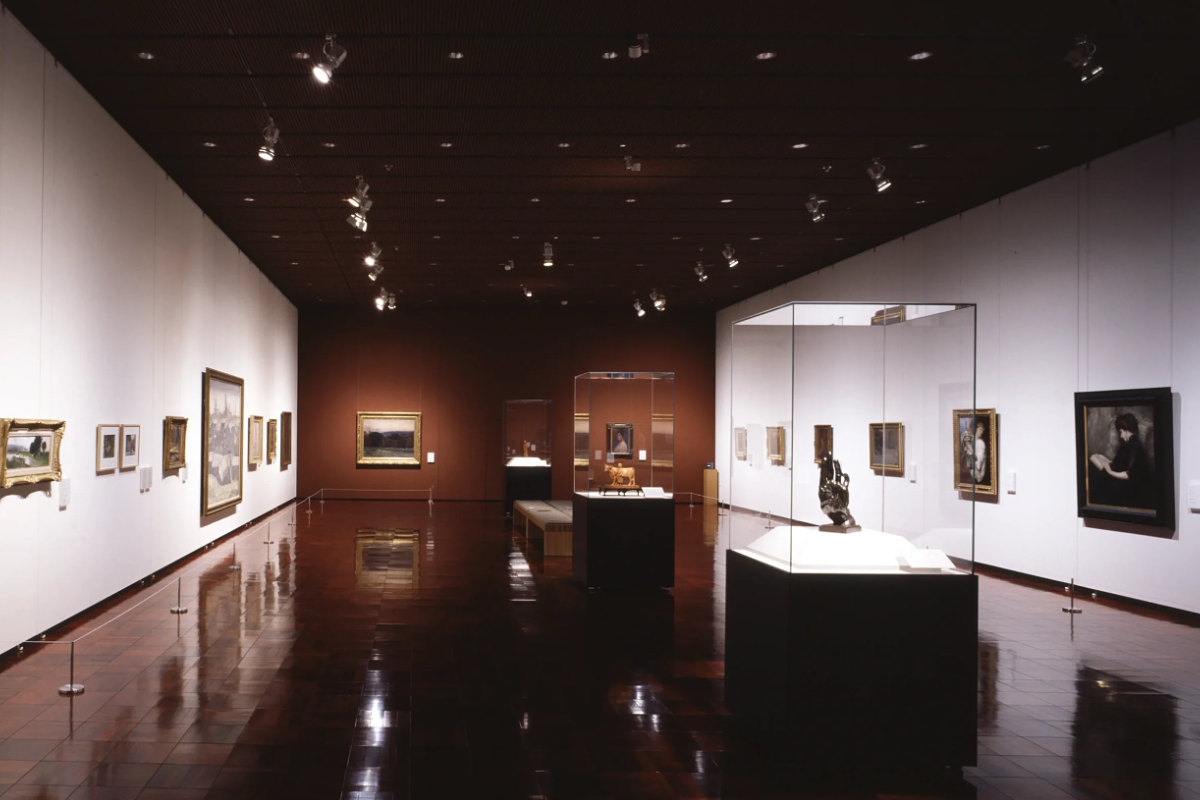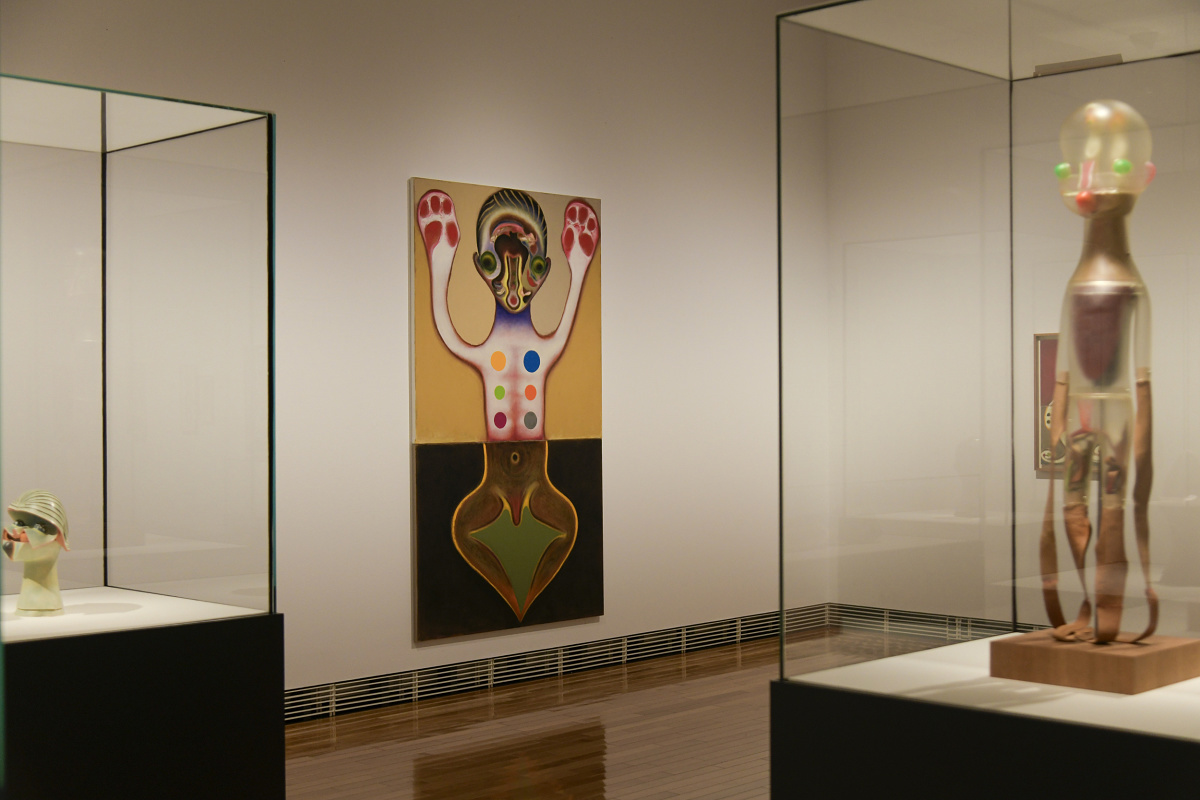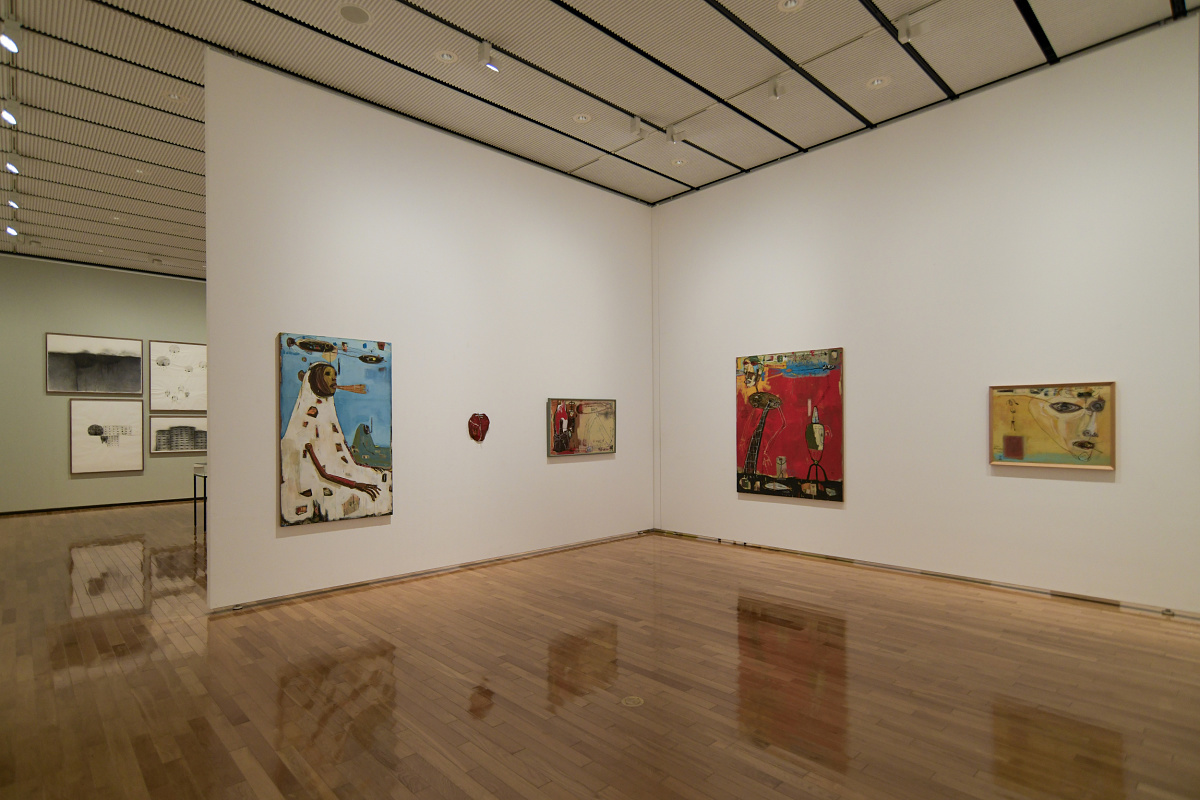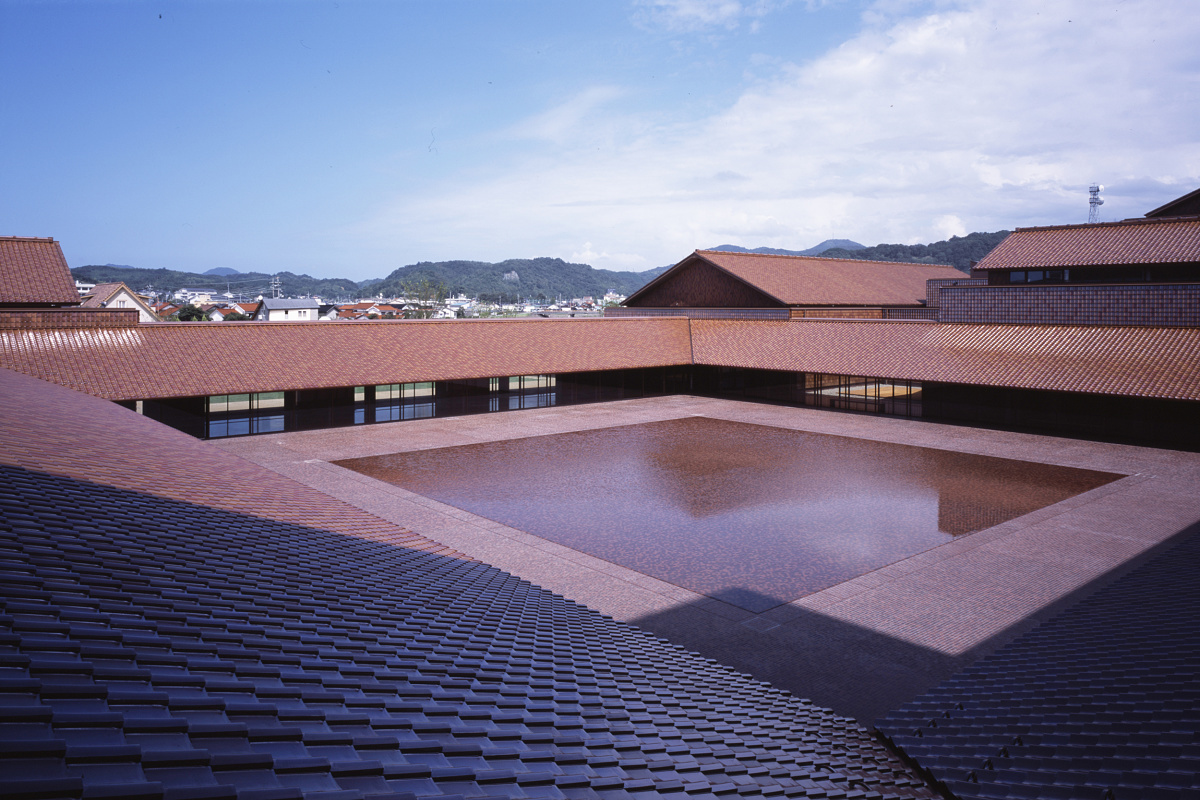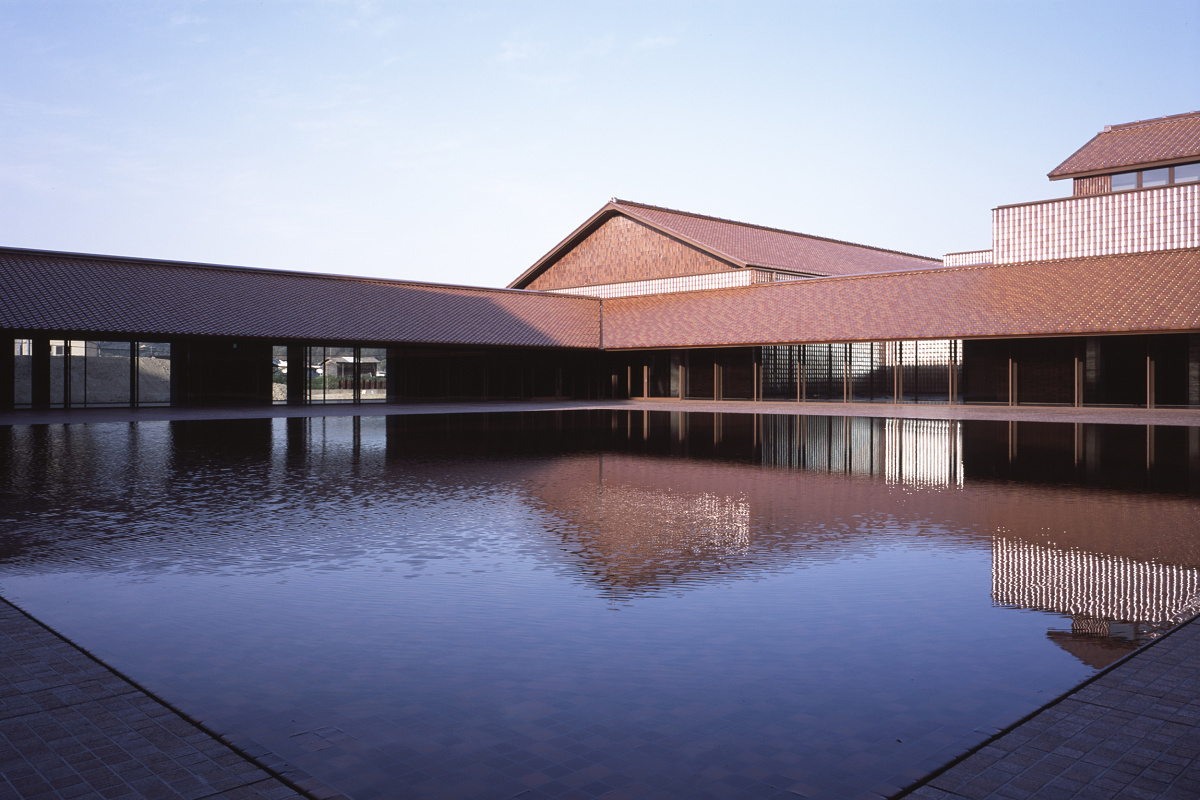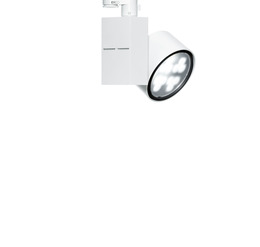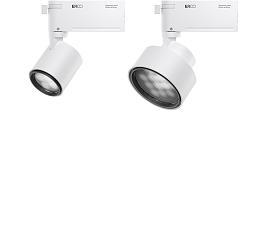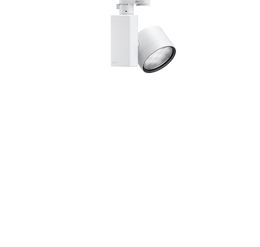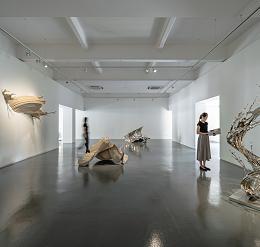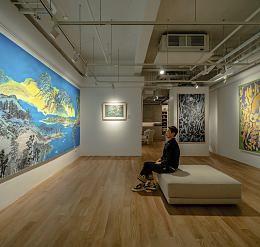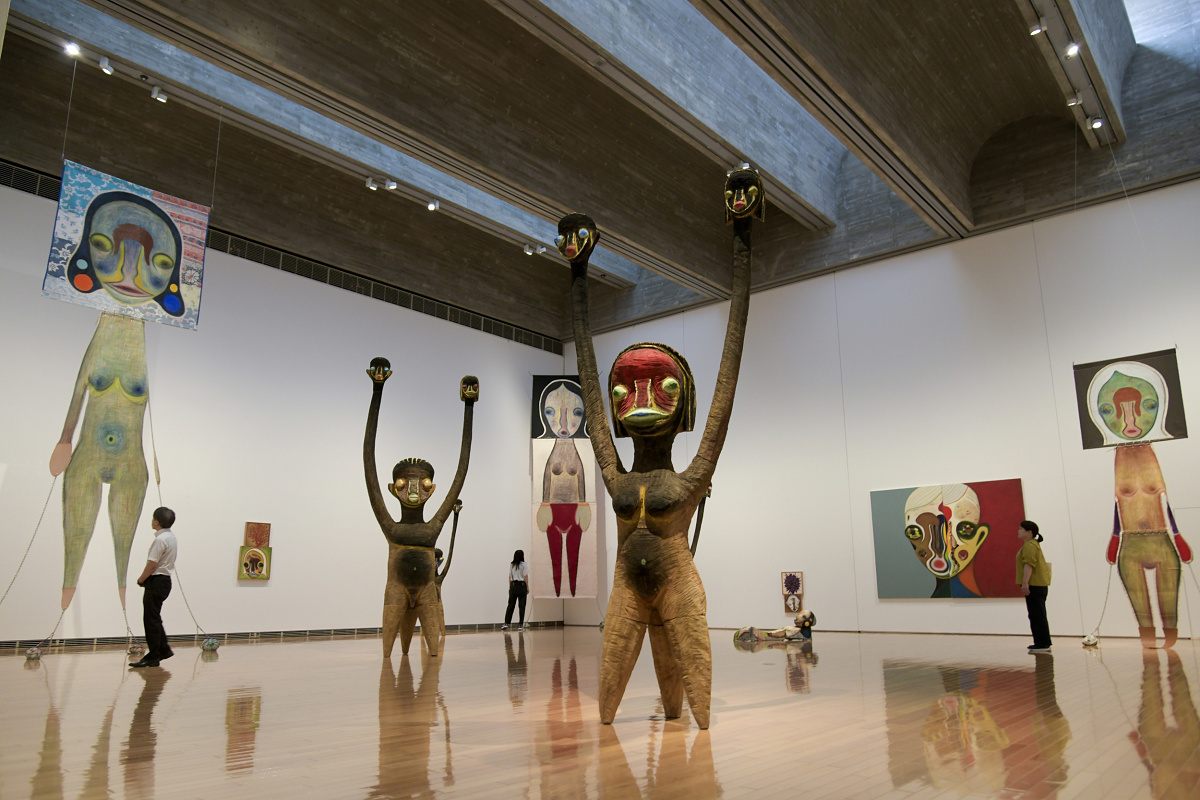
This connection to local heritage is manifested most strikingly in the building's exterior: its expansive roof and walls are clad with approximately 280,000 locally crafted Sekishu-gawara tiles. These are highly prized, traditional Japanese roof and wall tiles, fundamental to the Iwami region's cultural identity. Distinct for their durable red hue and glossy, glass-like coating, the tiles are renowned for their weather resistance and unique aesthetic quality—shifting dramatically in colour from shades of red and orange to hints of gold and green, depending on the sun's angle. This dynamic, light-reactive material set a high bar for the interior lighting design, which needed to support a similarly organic and changing environment.
